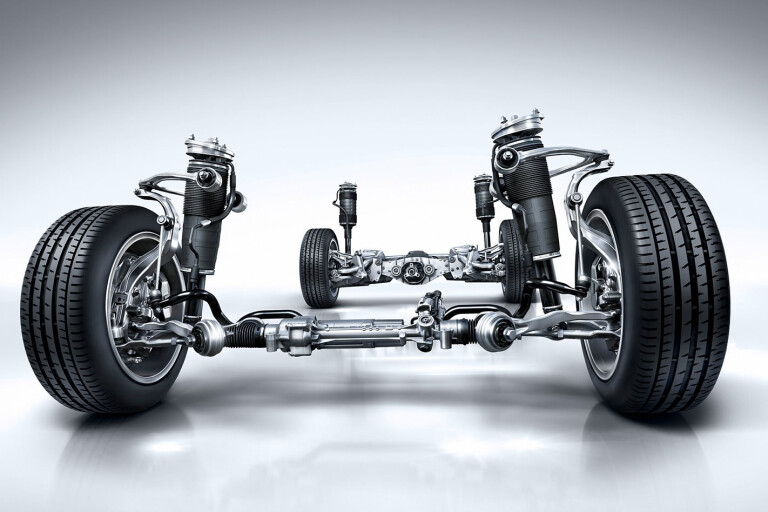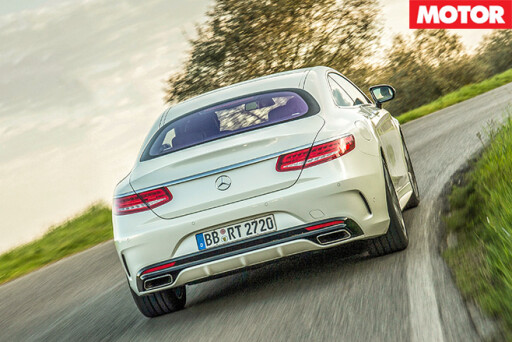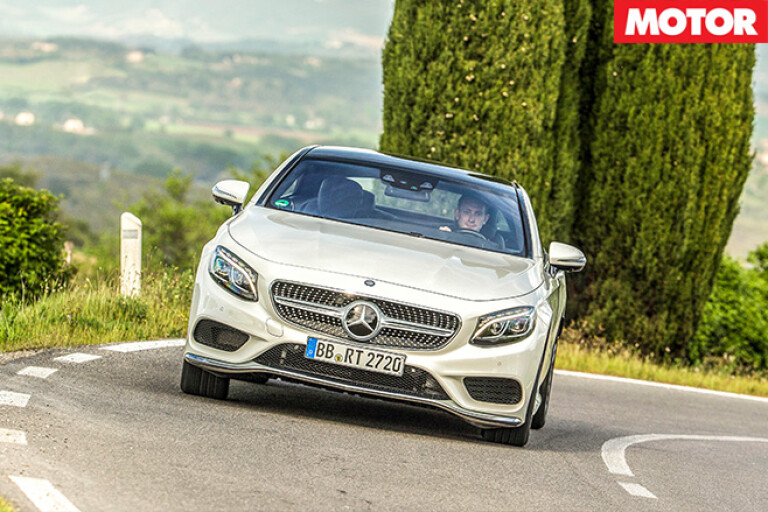
ACTIVE SUSPENSION was deemed too high-tech for Formula 1 in the mid-'90s, so what place does it have in a road car? Well, a slightly different one.
While active suspension was intended to maintain a constant, level ride height in F1, to allow the optimal aerodynamics, in road cars it’s designed to deliver reduced body roll and pitch.
Like reducing the weight of a car, keeping the body flat brings more than one benefit – namely, in both occupant comfort and handling. Mega-stiff F1 cars didn’t need much help eliminating pitch and roll, because they didn’t really have any.
Now, just as Williams discovered with its 1992 Active Suspension FW14B racer, and subsequently sorted in 1993’s FW15, the technology adds weight. Its natural home, then, is a sports-slanted (if you’ll forgive the pun) heavyweight that needs to be comfy, too.
It should come as no surprise that ride comfort pioneer Citroen was among the early makers to develop active suspension, in the form of the hydro-pneumatic, self-levelling system in its ground-breaking ’55 DS. Rolls Royce and Maserati have also had a crack at applying the principle to road cars, but it’s Mercedes-Benz that’s put active underpinnings back in the spotlight.
 The origins of the brand’s Active Body Control system appear to be in the late-’90s CL-Class, however prototype versions were honed in the German maker’s 1991 C112 concept, ’95 Vario Research car, and ’96 F200.
The origins of the brand’s Active Body Control system appear to be in the late-’90s CL-Class, however prototype versions were honed in the German maker’s 1991 C112 concept, ’95 Vario Research car, and ’96 F200.
The result is the active hydraulic system in today’s S- and SL-Class, which controls body motion to the point that body pitch and roll are almost eliminated during acceleration, braking and cornering.
Exactly how it does this is explained further below, suffice to say the system uses countless sensors to monitor pitch and roll, with hydraulic servos in line with the normal suspension springs and dampers to dramatically reduce either condition. The system is so effective the usual mechanical means of reducing body roll – with front and rear anti-roll bars – is entirely eliminated.
Features the ABC system has allowed include height-adjustable suspension that, in the case of recent Mercs, can lower the car around 10mm helping not just handling, but high-speed aero and economy. The ABC system also brings self-levelling function that allows the car’s suspension to account for loads, to keep a consistent ride height.
It also introduces a crosswind stabilisation function that does just what it claims to.
Mercedes-Benz's S-Class introduced the current iteration of Magic Body Control, which uses stereo cameras to scan the road 15m ahead at speeds up to 130km/h and predictively adjusts damping.
Recent advances have brought a doubling in processor power and a quick FlexRay bus connection, which is all sounding a bit F1.

The tech in detail
1 HIVE MIND
A central processor receives data from myriad sensors. Three accelerometers measure vertical body acceleration, and a pair of acceleration sensors measure longitudinal and transverse body acceleration. A level sensor at each wheel measures ride level, and hydraulic sensors measure pressure at each hydraulic suspension actuator.
2 FUSSY STRUTS
A pair of controllers analyse data every 10 milliseconds, sending their commands to strut-mounted hydraulic actuators that change the suspension length, which applies a force to the suspension and damping of the car, at up to five hertz (five cycles per second).
3 PRESSURE ON
Four hydraulic servo actuators are fed by a high-pressure radial piston pump. The actuators are mounted in series (ie, in line with, rather than alongside) with conventional struts and steel coil springs at each wheel. These actuators generate counter-forces to body roll, dive and squat almost instantaneously.
4 CROSS CODE
If the crosswind stabilisation function sounds tricky, it’s no more so than the system’s ability to predict and account for bumps up ahead. The ride height adjustability function, load-levelling system and Sports mode, meanwhile, don’t need any additional hardware, just simple bits of extra software code.
5 LEANING IN
The 2014 S-Class coupe had an update to Magic Body Control which introduced a curve tilting function that let the car lean up to 2.5 degrees into corners, a bit like a motorcycle. The feature aims to counter the effect of centrifugal force on occupants for comfort, but also allows more satisfying cornering, because it makes every bend feel like The Nürburgring’s Caracciola Karussell.
F1 did it first
So effective it was banned
 You might have seen the YouTube video of the Williams FW15c grooving to 1992 4 Non Blondes pop classic What’s Up? The clip, recorded in the pits at Monza in 1993, shows suspension design – and, arguably, Formula 1 – at the height of technological sophistication, before active suspension, along with driver aids such as anti-lock brakes, launch and traction control, and four-wheel steering (which didn’t ever feature on a race car) were banned for the start of the 45th Formula 1 season in 1994. The Adrian Newey-designed FW15c was the only active suspension car to claim a World Championship, taking both the drivers and constructors titles in 1993 at the hands of Alain Prost.
You might have seen the YouTube video of the Williams FW15c grooving to 1992 4 Non Blondes pop classic What’s Up? The clip, recorded in the pits at Monza in 1993, shows suspension design – and, arguably, Formula 1 – at the height of technological sophistication, before active suspension, along with driver aids such as anti-lock brakes, launch and traction control, and four-wheel steering (which didn’t ever feature on a race car) were banned for the start of the 45th Formula 1 season in 1994. The Adrian Newey-designed FW15c was the only active suspension car to claim a World Championship, taking both the drivers and constructors titles in 1993 at the hands of Alain Prost.

COMMENTS